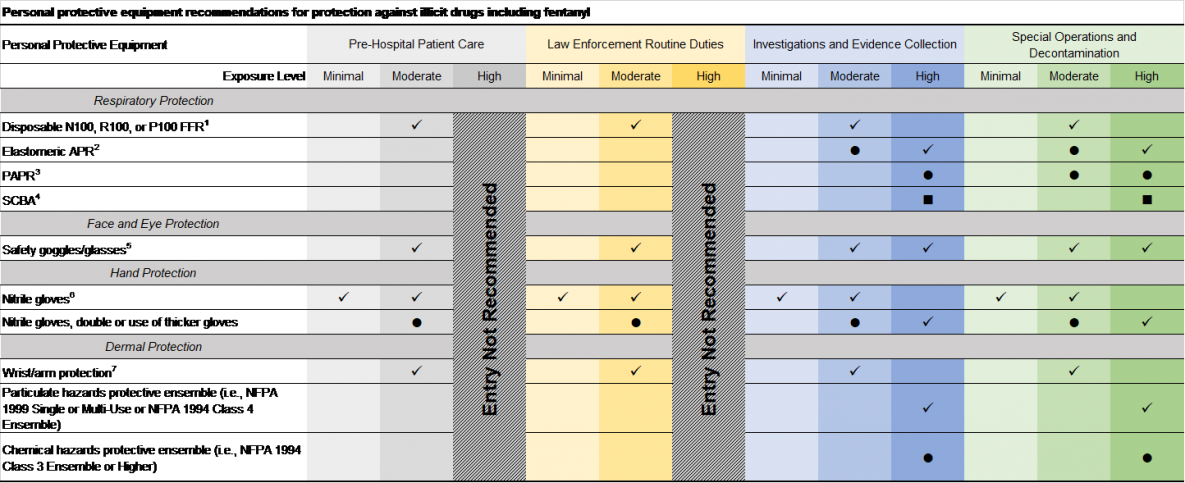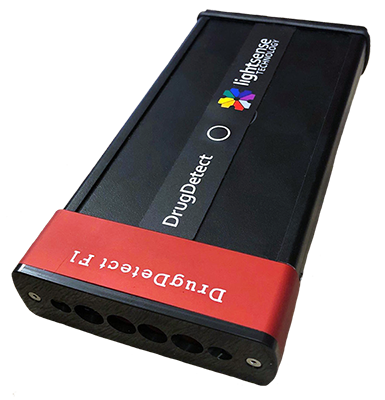Originally developed as a pharmaceutical drug for pain management and treatment of cancer, due to morphine-like properties, euphoric effects, and low cost, Fentynal was quickly manipulated and illicitly manufactured as a street drug. Fentanyl, which is 80-100 times more potent than morphine and 50 times more potent than heroin, has a similar look/feel to heroin and other drugs. Frequently added to heroin, cocaine, and methamphetamine to increase potency or disguised as those drugs entirely (mainly because it is cheaper, and thus more profitable). Unfortunately, many users are unaware when these drugs are laced/replaced with fentanyl, often leading to overdose deaths. Due to the potency of the drug, even in small doses, fentanyl can be deadly.
“The risk with fentanyl isn’t just addiction or other side effects—it’s simply death,” said Michael Barnett, assistant professor of Health Policy & Management at Harvard T.H. Chan School of Public Health.
Fentanyl In Recent News
While the global drug problem has been on the rise for the last decade, the COVID-19 pandemic shut-downs have also been linked to increases in overdose deaths over the last two years. With the disruption of transportation routes, and increased efforts to turn a quick profit, Mexican cartels and domestic manufacturers are producing large amounts of synthetic opioids, mainly fentanyl.
“Mexican cartels and major drug trafficking organizations have been taking advantage of this time and flooding our country and our local communities with this horribly deadly drug,” said Jarod Forget, Special Agent in Charge of the DEA’s Washington Division.
According to the DEA’s Public Information Office, posted on February 16, 2022, “the U.S. is seeing overdose deaths climb at an alarming rate, especially those caused by the synthetic opioid, fentanyl. Only weeks ago, the DEA reported overdose deaths in the U.S. had topped 100,000 for the first time over a 12-month period ending last spring”. This is just shy of a 400% increase since 2001.
The American Medical Association released a brief stating “The nation’s drug overdose epidemic continues to change and become worse. One prevailing theme is the fact that the epidemic now is driven by illicit fentanyl, fentanyl analogs, methamphetamine, and cocaine, often in combination or in adulterated forms.”
Additionally, because of the pandemic people have been more isolated than ever. With a 25% increase in anxiety and depression, people are more willing to “experiment” during tough times. Even though they may not have a substance abuse disorder. Especially teens.
Over the last couple of years, there has been an alarming increase in reports related to fentanyl overdose deaths in teens, with doctors seeing victims as young as 14. There have also been numerous reports of police officer and K9 injuries and even deaths from accidental exposure.
As many are calling for policymakers to take action, there are steps our local Law Enforcement Officers can take to ensure the safety of their fellow officers, and our community.
How To Protect Against Fentanyl Exposure
- Learn to recognize the signs of opioid overdose. The most common signs of overdoses related to fentanyl are:
-
- Respiratory distress, respiratory depression, or arrest
- Drowsiness
- Dizziness
- Disorientation
- Pinpoint pupils
- Loss of consciousness
- Nausea/Vomiting
- Approach cautiously & follow standard safety procedures. First responders should assess the scene upon arrival for risks and determine whether fentanyl is present. While it is not possible to differentiate just by sight or smell, there are a few different ways to test for fentanyl. These include:
-
- Fentanyl test strips
- Handheld drug detection devices for field use
- Gas chromatograph machines
While conducting field tests, the appropriate personal protective equipment (PPE) should also be worn.


Source: https://www.cdc.gov/niosh/topics/fentanyl/risk.html
If fentanyl is identified to reduce the risk of exposure/overdose, first responders should:
-
- Refrain from eating, smoking, or using the bathroom while field tests are taking place
- Keep hands away from the face, and avoid touching the eyes, mouth, and nose
- Wash hands with soap or water upon leaving the scene where fentanyl was present.
- Do not use bleach and/or hand sanitizers
- Carry naloxone (or know where to get it). If someone is showing signs of opioid overdose, Naloxone is the antidote for opioid overdose and can be administered either by intramuscular/intravenous injection or through the nose with a naloxone nasal spray. It is recommended that Law Enforcement Officers and first responders carry naloxone in case of emergencies. Naloxone is also available without a prescription in all states at common locations such as CVS, Walmart & Sam’s Club, Kroger, Walgreens, and Rite Aid. There are also some states (such as MI) that have free methods of ordering Naloxone.
Turn to Lightsense Technologies for The Most Accurate And Easiest Handheld Fentanyl Drug Detection Device, The DrugDetect – F1
While fentanyl test strips are an effective low-cost option, there are some drawbacks, including:
- User error resulting in inaccurate or uninterpretable results
- Cross-reactivity to high levels of methamphetamine
- Legal challenges regarding the use and possession of drug paraphernalia which includes “testing equipment”
Additionally, gas chromatography machines can determine if fentanyl is present in certain quantities. However, they are often too large to operate easily in the field. Scans may also need trained personnel to interpret the information.
Handheld devices are often the optimal choice for easy, lightweight, risk-free detection. That is where Lightsense Technologies comes in.
 Lightsense Technology, a pioneer in multi-spectroscopic solutions for public health, announces the launch of the DrugDetect platform for law enforcement, enabling Law Enforcement officers to be safer and more efficient in their job.
Lightsense Technology, a pioneer in multi-spectroscopic solutions for public health, announces the launch of the DrugDetect platform for law enforcement, enabling Law Enforcement officers to be safer and more efficient in their job.
Lightsense has developed a groundbreaking multi-spectral technology platform. This patented “Enhanced Photodetection Spectroscopy” (EPS) is a radical new spectroscopy architecture, for chemical, molecular, and pathogen identification. Embodied in our small but capable new platform technology for the detection of illicit drugs. Lightweight and easy to use, this point-and-shoot detector: is designed, built, and calibrated in the USA.
The DrugDetect platform is easy to operate with high levels of accuracy at an inexpensive price point. By pointing the scanner at a suspected substance (even through thin transparent bags), the detector will show whether there is a prosecutable amount of a specific drug present or a trace amount that warrants continued search.
For more information, visit lightsensetechnology.com/products.
Or, contact Lightsense’s CMO, Bruce Berkoff directly at (888) 736-7349, ext 701 or [email protected].

